Pistol Slides: Ultimate Guide for Fast Reliable Shooting
 Bryan Hill / March 21 2024
Bryan Hill / March 21 2024
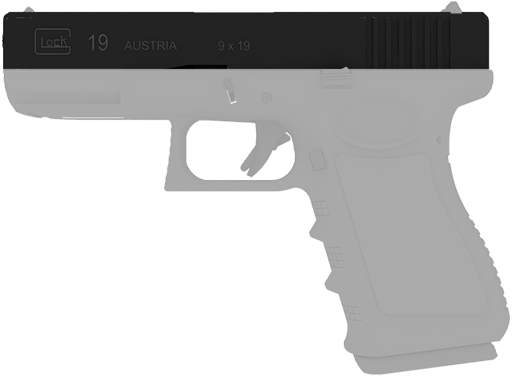
The slide contains the
barreland
recoil spring.
You'll need to rack the slide to load the first round into the gun, to
unload it, and during jam clearing drills.
Slides also affect recoil and balance, red dot performance, how much a pistol jams, and ease of reloading and clearing jams.
Read on to learn how, and which pistol has the best slide.
On This Page:
- Why does a Good Slide Matter on a Pistol?
- What Makes a Good Slide?
- How Pistol Slides Affect Recoil
- Slide-mounted Optics and Slide Balance
- Slide Weight with Ported/Compensated Barrels
- Should I Upgrade My Slide?
- What Pistol Has The Easiest Slide to Rack?
- References
Why does a Good Slide Matter on a Pistol?
A case study by a USPSA Grandmaster Karl Rehn found that adding a slide racker to the end of a Glock slide made reloading 13% faster on average.
When adding a
compensator or
red dot optic,
the slide can cause jams if it's too heavy.
What Makes a Good Slide?
-
For a good grip, it has at least 2 inches of serrations, with no more than 8 serrations per inch.
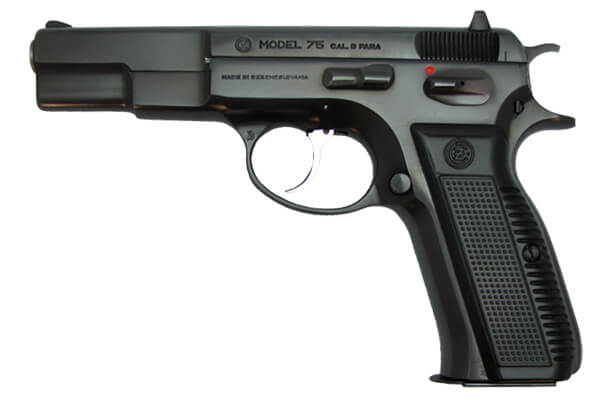
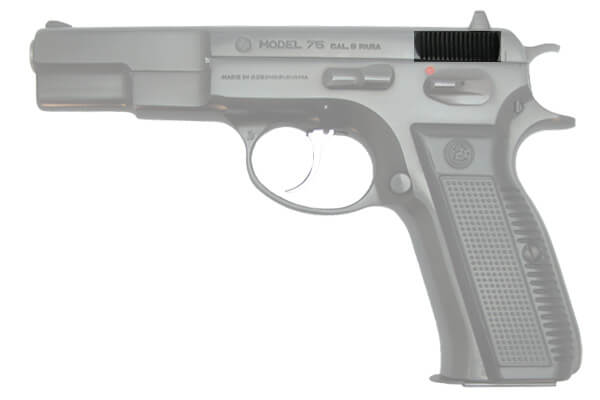
These serrations aren't great.
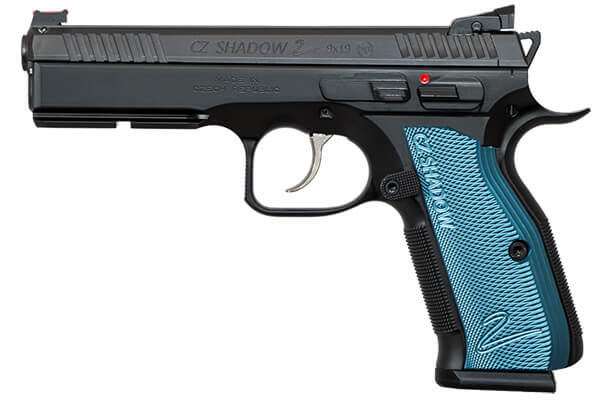
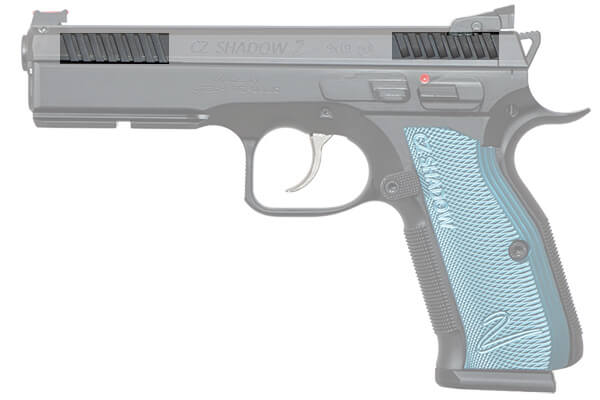
These serrations are longer, and fewer per inch.
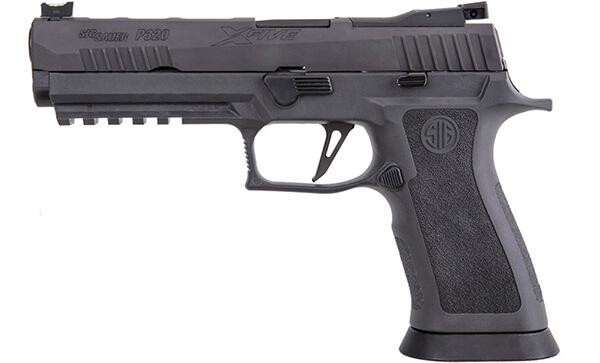

These rear serrations are taller, giving even more grip.
-
Its total weight causes the overall balance of the gun to be under the trigger guard,
for faster aiming after drawing your pistol or transitioning to a new target.
-
Its weight distribution (front to back) helps the sights return to the same spot after recoil.
This helps maintain accuracy when firing quickly.
-
Its total weight produces the felt recoil you most prefer.
Front vs. Rear Slide Serrations
Some people prefer front serrations over rear serrations. I personally don't. Why?
-
When one is stressed or fatigued, racking from the front serrations risks getting one's hand out in front of the muzzle, breaking one of the rules of gun safety.
-
The front serrations take weight off of the front of the slide.
Some slide serrations are more towards the ejection port. Those are fine.

 A great pistol, but the front serrations are close to the muzzle.
A great pistol, but the front serrations are close to the muzzle.
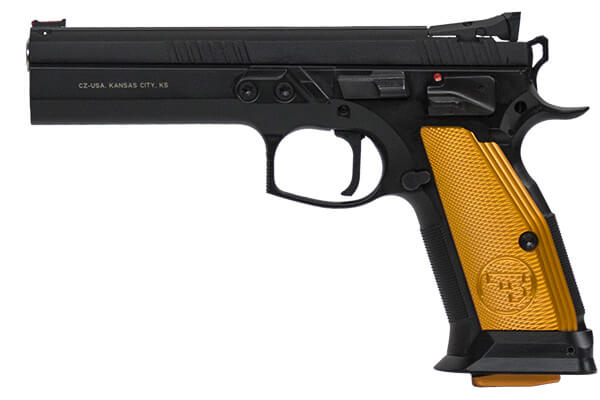
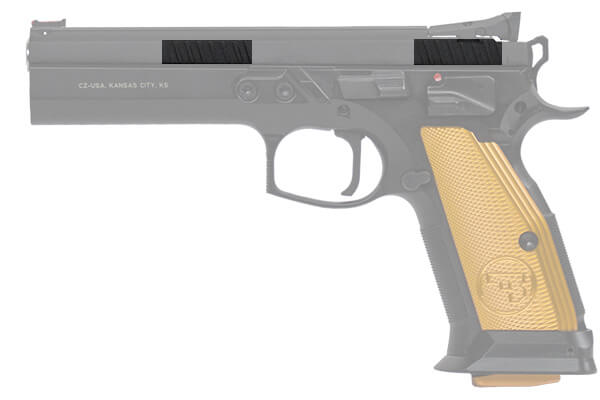 These front serrations are in a safer position.
These front serrations are in a safer position.
How to Make a Pistol Slide Easier to Rack?
-
($8-10) Use a weaker recoil spring,about 4-6 lb. lighter.
-
($15-20, Glock-only) Install a slide racker.
-
($40+) Install a slide racker or have one custom made.
How Pistol Slides Affect Recoil
-
Heavier slides: recoil is smoother but flips up more.
-
Lighter slides: recoil is sharper but flips up less.
This change in recoil is from the total mass moving each time the slide cycles.
Also, you get more muzzle flip the more mass goes past the wrist during recoil.
If you've ever wondered why a Walther PPQ flips so much, look at how much of the slide goes past the grip compared to other pistols:
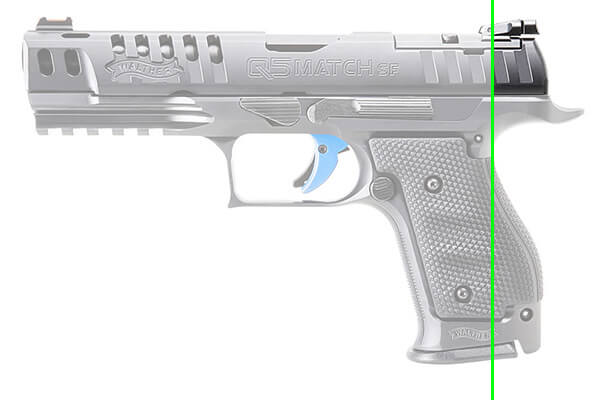
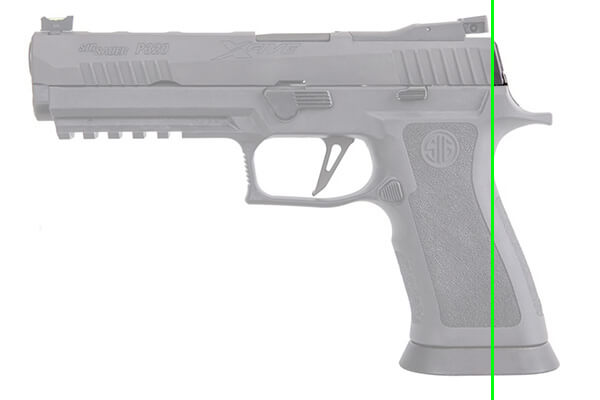
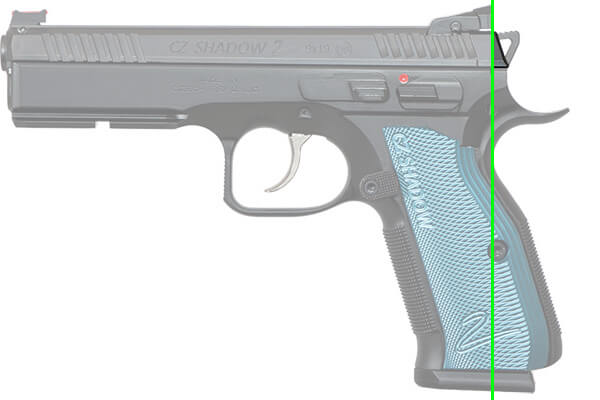
Trimming A Slide for Better Recoil
Usually, a stock slide is well-balanced. If you want a gunsmith to lighten your slide, take
2-3x as much material
from the back as from the front.
Anytime you change the weight of the slide, experiment with different
recoil springs so the pistol continues to function reliably.
A lighter slide usually means lighter springs, and vice versa. Start with springs 2 and 4 lb. lighter than the stock springs. Usually, you'll never need springs lighter than 8 lb.
Slide-mounted Optics and Slide Balance
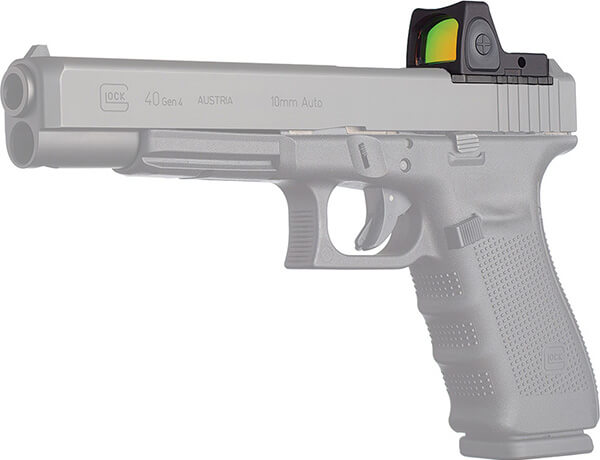
Adding a slide-mounted
red dot optic adds 1-2 oz. to the rear of the slide.
Your recoil will flip more, but feel more smooth.
If you don't like that, find a lighter optic, or have a gunsmith reduce the weight of the slide, preferably from the rear two inches.
If you're using a pistol not originally designed for a slide-mounted optic,
have a gunsmith remove 1-2 oz. of material from the slide behind the ejection port.
If you had a 13 oz. slide, it should be 13 oz. after installing your optic and its adapter plate.
Why? A heavier slide cycles slower.
If you shoot fast, the gun may not cycle a round before you're ready to shoot again, and you'll get a jam.
Slide Weight with Ported/Compensated Barrels
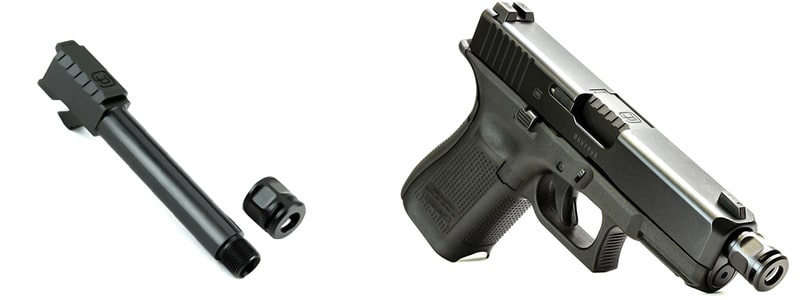
Lighter slides cycle faster. This isn't an issue unless you're using
a
ported barrel or
compensator.
Why? The more they reduce recoil, the slower your slide cycles. Too slow? You get jams.
Most full-size slides are around 12-18 oz. If you're running a mid-size compensator, lighten the slide by 2 oz.
For a larger compensator, lighten the slide by 3 oz.
Starting with a 13 oz. slide, that's 11 oz. for a mid-size comp, and 10 oz. for a larger comp.
Trying lighter
recoil springs can also help.
Should I Upgrade My Slide?
Yes, if:
-
You find the slide too hard to rack.
-
Your red dot sight weighs 1 oz or more than the optic mount's filler plate.
-
You use a mid-size or larger compensator.
What Pistol Has The Easiest Slide to Rack?
The Smith & Wesson Shield .380 EZ takes about half the effort to rack as other pistols.
If you aren't built like a tactical operator and want something easy to shoot, it's a great carry pistol.
Best Deal Guarantee
Updated hourly
For a more powerful pistol, check out the
H&K VP9. It comes with tabs on the slide to help you rack it:

H&K VP9
Compare Prices
|
If you already have a pistol, look to aftermarket upgrades. For example, Glocks benefit from the Larry Vickers Slide Racker:
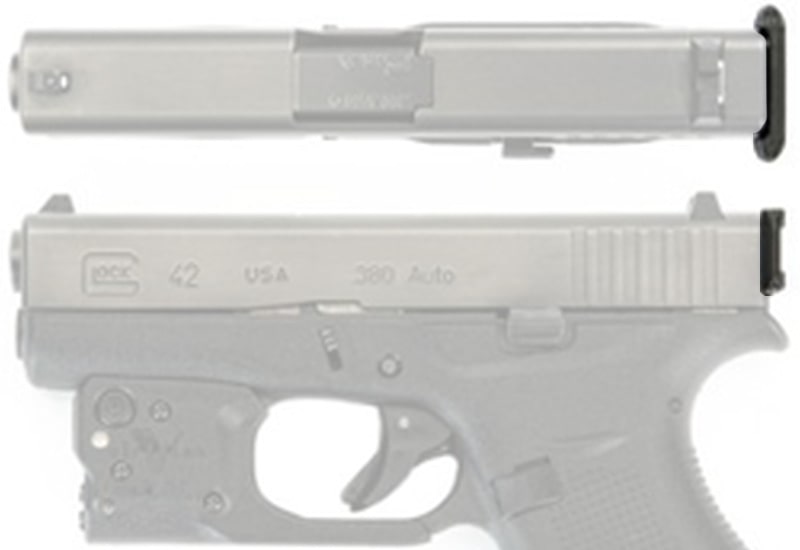
Related Articles
Feedback
Are you happy with this page?
References
-
Do Aftermarket Mods Help You Shoot Better? (2019)
-
Tuning your Pistol for Faster Double Taps with Recoil Springs (2017)
-
All competition shooters, front cocking serrations: Yes or NO? (2016)
-
Real testing and feedback on Slide Lightening (2013)
-
GAN'S ENTERPRISE CUSTOM 2011 WORK (2011)